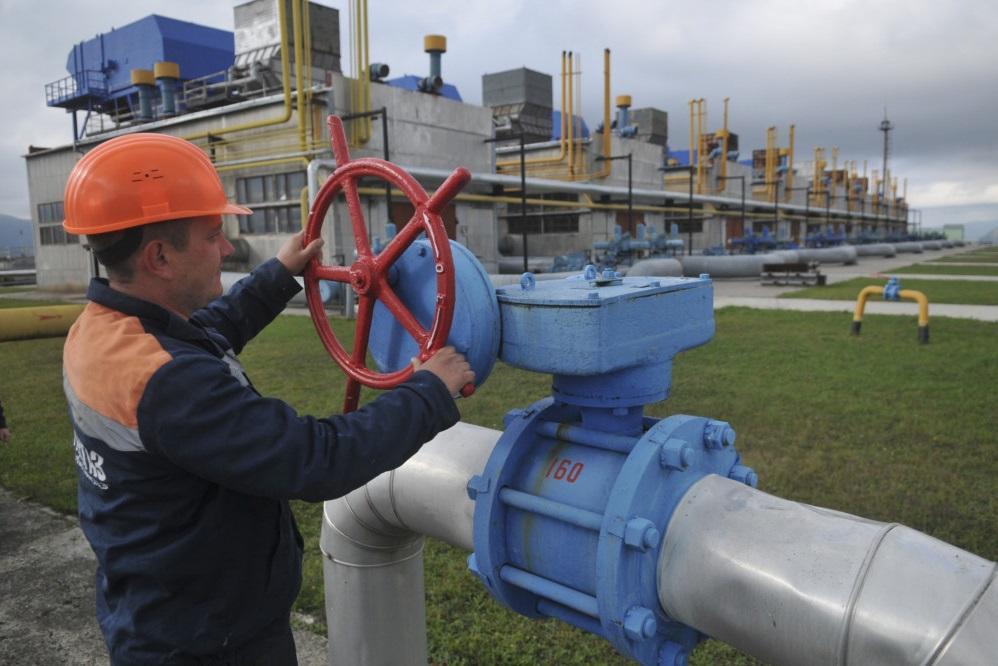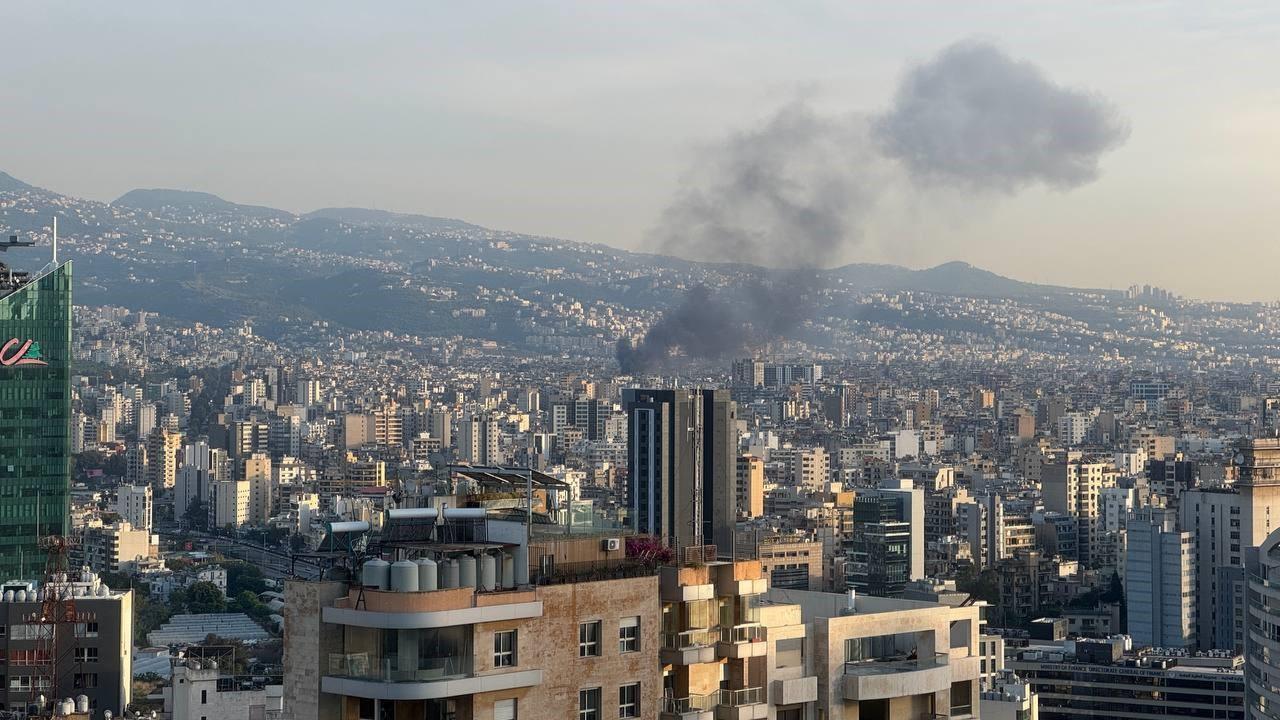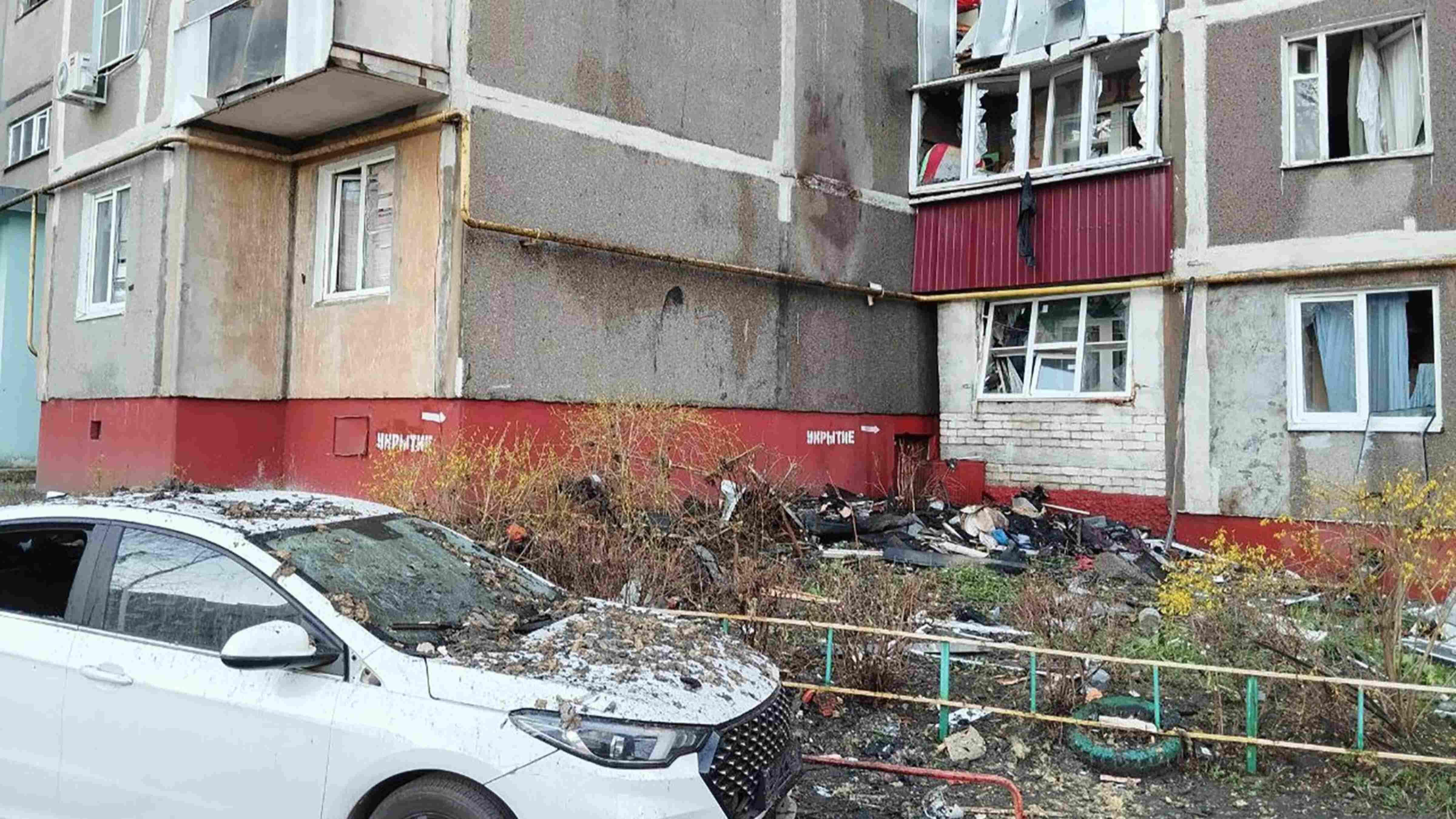Ukraine’s economy is another victim of Russia’s ‘hybrid war’
KYIV

One by one, embassies and international offices in Kyiv closed. Flight after flight was canceled when insurance companies balked at covering planes arriving in Ukraine. Hundreds of millions of dollars in investment dried up within weeks.
With Russian troops encircling much of the country, Ukrainian businesses large and small no longer plan for the future, they can barely foresee what will happen week to week.
It is Ukraine, not Russia, where the economy is eroding the fastest under the threat of war. Even before Russian troops rolled into rebel-held areas in the country’s east and Russian President Vladimir Putin recognized the independence of the separatist region, Ukraine was the biggest loser in the agonizing, slow-motion aggression.
“Why is it that we are suffering consequences already? And Russia, who is actually threatening the whole world, in Europe, is not suffering any consequences?” asked Andrey Stavnitser, CEO of the port operator TIS Group.
The squeezing of Ukraine’s economy is a key destabilizing tactic in what the government describes as “hybrid warfare” intended to eat away at the country from within. The Ukrainian president is also juggling state-sponsored cyberattacks, a
Russia-backed separatist movement and the threat of 150,000 Russian soldiers surrounding his country on three sides.
The economic woes include restaurants that dare not keep more than a few days of food on hand, stalled plans for a hydrogen production plant that could help wean Europe off Russian gas and uncertain conditions for shipping in the Black Sea, where container ships must carefully edge their way around Russian military vessels.
Stavnitser said the Black Sea ports are operating as usual for now, but it’s only a matter of time before the same insurance problems that cut off commercial flights start to hit the shipping industry. Ukraine is one of the world’s top grain exporters, loading container ships that carry 12 percent of the world’s wheat supply and 16 percent of its corn.
Alex Riabchyn is a former member of Ukraine’s parliament who now spearheads a project to set up hydrogen plants for the national Naftogaz energy company. The idea is to give Europe, and especially its largest economy Germany, a stable new source of hydrogen, which can be used to produce low-emission energy for transport, industry and other uses.
What he hears from European investors now is “we can buy everything that you can produce, but to come and invest to build these plants, it’s too risky.”
German Foreign Minister Annalena Baerbock over the weekend acknowledged that the constant threat against Ukraine is “having very real effects, on investments, on air traffic, on jobs and on the daily life of people.’’
She said the Group of 7 ministers of leading industrial nations promised to ensure Ukraine gets help for financial stability.
Since the beginning of the crisis in January, the national currency, the hryvnia, has steadily lost value. The United States last week offered a $1 billion loan guarantee, and the European Parliament approved $1.3 billion in loans for Ukraine to cover financing needs this year.
But by late January, Ukrainian President Volodymyr Zelenskyy said that $12.5 billion had been withdrawn from accounts in the country. Last week, he called on members of parliament and businessmen who had fled to return. More than 20 charters and private jets left Kyiv last week, carrying some of the country’s most prominent executives.
“The more the government urges not to panic, the more nervous businesses are,” said Volodymyr Sidenko, an analyst with the Razumkov Center.
The Centre for Economics and Business research estimated this month that the conflict with Russia cost Ukraine $280 billion in lost gross domestic product between 2014 and 2020, with those loses expected to climb this year.
















